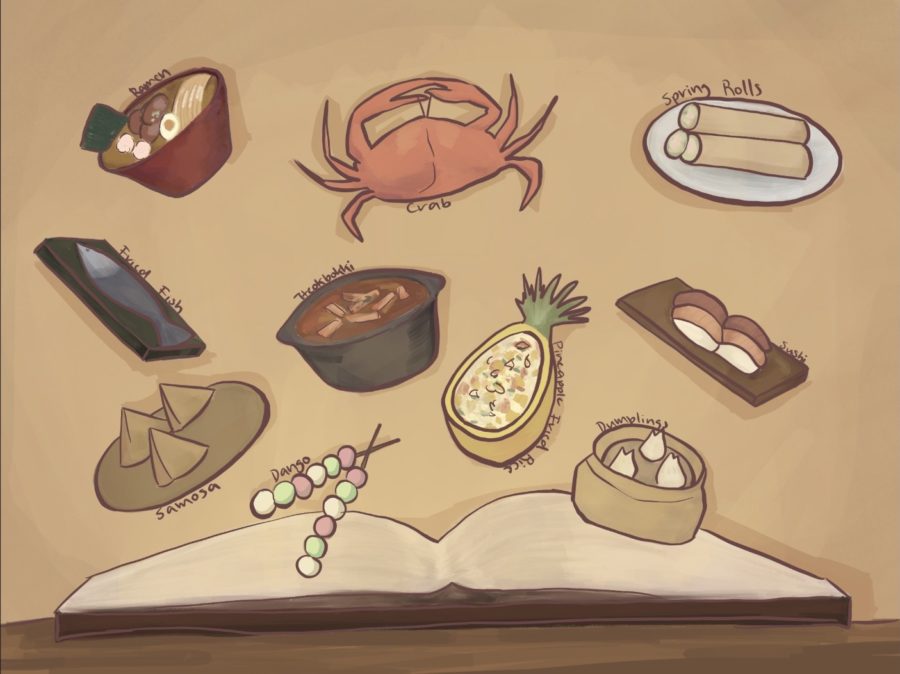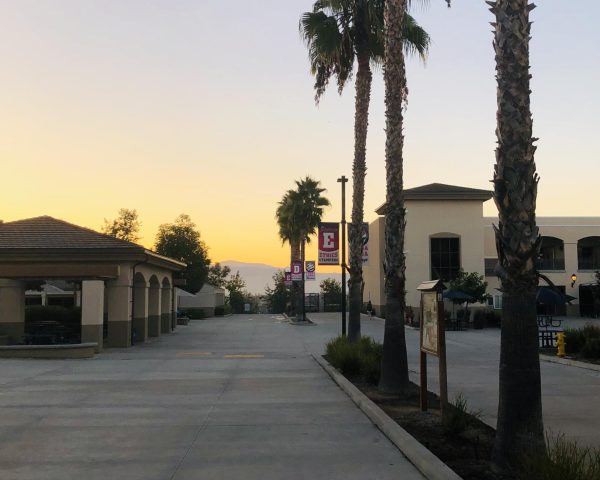Popular Asian Foods Debut In the Merriam-Webster Dictionary
There are countless Asian delicacies to be appreciated, many of which have experienced a surge in popularity during the recent years.
October 2, 2022
Do you ever feel fancy ordering a la carte at a restaurant or saying bon appétit before eating a homemade meal? French culinary words have long dominated the “scene of sophistication” (a term coined by moi), long solidifying their place in the vocabulary of chefs, connoisseurs, and even simple lay people who believe themselves to be well-versed in the language of culture. However, you may want to start picking up some more Vietnamese, Korean, and Japanese if you’re going to keep up with the modern vernacular of culinary & gastronomy.
As with many other aspects of Asian culture in recent years, Asian foods have been rapidly making their way into mainstream popularity. Dishes that were once only enjoyed by the native people of their countries and ridiculed by others out of ignorance in foreign countries are now holding their heads up high in the culinary hall of fame. Aside from being recognized in social media and TV shows, Asian foods have gained recognition in places like the Merriam-Webster dictionary. For those unfamiliar with the significance of this, the Merriam-Webster dictionary almost acts as a popularity-ranking book; it takes in the latest pop-culture sensations and must-have terms that are likely to be encountered in social engagements, solidifying their positions as “trendy vocabulary” (aol.com). Foods like bánh mì and maitake are the latest additions to the dictionary, with samosa, bibimbap, soju, and kimchi being recent past additions. Moreover, words such as omakase, “the Japanese concept of chef’s choice dining,” have been added and commonly used as well. It is even speculated that Japanese food and Asian food as a whole will replace French food as the current royalty of gastronomy in cities such as New York (aol.com).
I believe this is only the beginning to a diversity of cultures being introduced, and I’m here for it!
— Josephine Kim (12)
However, this progress in cuisine resurfaces unpleasant memories for many Asian-Americans, despite their appreciation for the milestone. Furthermore, many Asian-Americans feel that the integration of Asian foods into the dictionary should have occurred long ago. The universal Asian-American experience involves being ridiculed for simply bringing a type of lunch from your respective homeland and hearing complaints about its smell, odd taste, and “unconventional” appearance. Countless homemade lunches prepared with love and hard work in the early hours were thrown away, all because of the ignorance and peer pressure of those who did not understand or appreciate the cuisine of other cultures. Students like Josephine Kim (12) resonate with such struggles—recounting how she “originally tried to deny her own culture” due to the ostracizing treatment of Asian food and culture, Josephine Kim (12) states that she is now “so proud as a Korean-American to see foods from [her] culture being enjoyed all around.” Looking back, many must mourn the delicacies lost due to the mainstream favor of a cheap piece of cheese slabbed in between two slices of tasteless, cheap bread.
Nevertheless, the Merriam-Webster dictionary’s inclusion of Asian foods demonstrates progress in the representation and normalization of Asian cuisine; it is a positive step towards the future for all foreign cuisines.












































